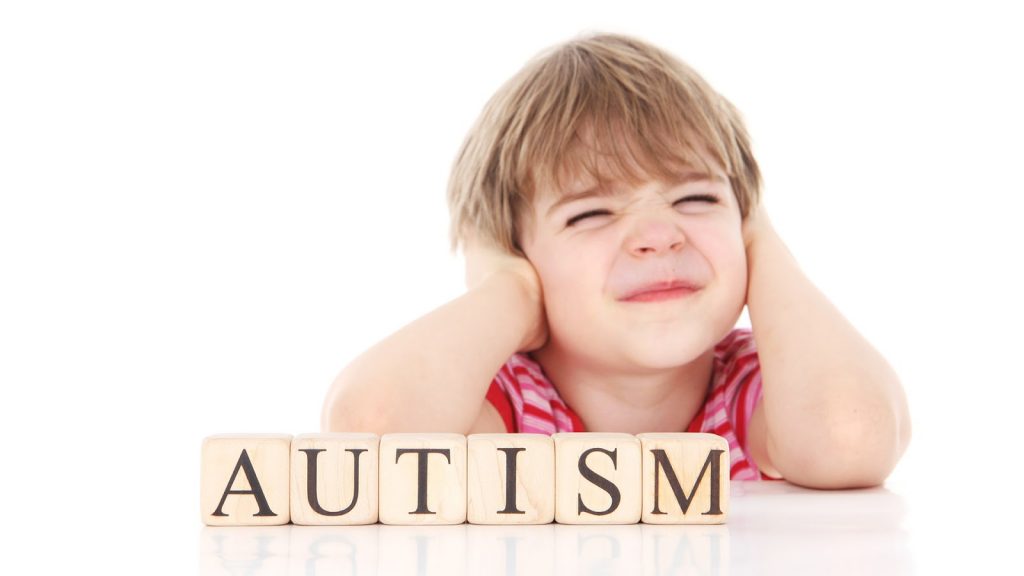Autism and Sensory Functions
Everybody thought that Carla loved to misbehave. She wouldn’t want to put on her clothes and would be irritable and cranky all day. She wouldn’t shake hands with people and would cry if the other children touched her.
Carla has autism and is extremely sensitive to touch. What was initially thought of as willful misbehavior was, in fact, a reaction to the discomfort and pain that Carla felt due to some fabrics that she wore and unanticipated touching from others.
Carla’s parents, like many other parents around the world, took time to understand what their daughter was going through. Children (and adults) with autism have what is commonly called Sensory Integration Dysfunction or Sensory Processing Disorder.
Sensory processing problems
All of us have 5 basic senses – sight, smell, taste, hearing and touch. Each of these senses are perceived by the brain with the help of sensory organs. Our eyes, nose, tongue, ears and skin pass information to the brain that processes the data which tells us things like what we’re seeing or what we’re smelling. With autistic kids, this perception created by the brain does not happen properly. Autistic children will, therefore, either be overtly sensitive (hyper) or under-sensitive (hypo) to a certain sense. In Carla’s case, she was hypersensitive to the sense of touch. Opposite cases may mean that a child does not respond to touch at all, may not be able to identify materials with their hands and may hug people very tightly in order to feel safe or loved.his amazing page will give you a lot of information you need to know about the sensory perception of people with autism.


There are 2 additional not-so-basic senses – vestibular and proprioceptive. The vestibular sense allows our body to understand gravity and gives us a sense of balance. Children with vestibular hypersensitivity may have difficulty in stopping while running due to an inability to deal with inertia. Those with vestibular hyposensitivity may move their bodies in a rocking or swinging fashion all the time. The proprioceptive sense makes us aware of our body, the space it occupies and the space around it. Autistic people with proprioceptive hypersensitivity may have problems dealing with small objects and those with proprioceptive hyposensitivity bump into people a lot as they cannot judge the space between them and others.
Sensory Integration Therapy
So is your child going to be in discomfort or pain all the time? Thankfully, no. As more and more research is done, scientists are finding more effective methods of improving the sensory function of autistic children.
Sensory integration therapy uses play activities to change the way the brain reacts to the sensory inputs given by the sensory organs. A remarkable and reassuring study highlights the benefits of Sensory Integration Therapy on autistic children.
As parents of autistic kids, we must always be aware of the things that they like and dislike. Awareness alone can push us to create next steps for them, which will allow them to live a comfortable life.





